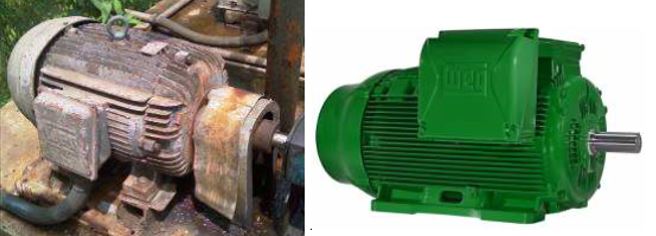Replacement of equipment and machinery is defined as the “substitution of devices due to both economical operational cost reduction and/or the existence in the market of same kind of equipment with enhance characteristics”, and not necessarily due to failures or existent damage.

The main benefits of renewal of equipment are:
- Maintenance cost: in general, maintenance and spare parts of old equipment increase along time in comparison with new devices, increasing the maintenance cost and reducing the competitiveness of the companies.
- Increase in productivity: New equipment usually includes upgrade in the functionalities that improve the quality or reduce manufacturing time, increasing the productivity of the companies. This enhancements may include monitoring systems that can help to have a clear vision of the manufacturing process.
- Energy savings: According to the introduction of new energy efficiency policies, the energy consumption of new equipment is decreasing notably in comparison with old devices.
- Recycling: The introduction of new equipment made under eco-design regulations contributes to circular economy increasing the ease of recycling and reuse of the materials.
A successful example is the case of electric motors and variable speed drives which, depending the kind of industry, may represent up to 70% of the energy consumed. Besides, the energy consumption of an electric motor represents 98% of its life-cycle total cost. The introduction of Regulation (EU) 2019/1781 laying down eco-design requirements for electric motors and variable speed drives fixes the minimum electric performance of this kind of devices. Following the policy mentioned, and according to real case studies, the renewal of old electric motors with new ones shows very low return on investment periods of about 2-3 years.
Comments ()